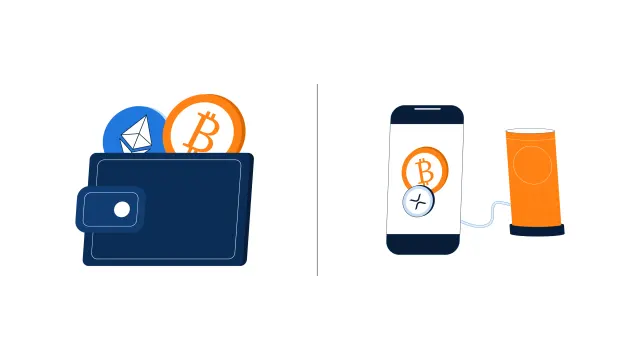
What are Wrapped Tokens
Wrapped tokens are tokenized versions of a cryptocurrency that is pegged to the value of the underlying cryptocurrency it represents.
Wrapped tokens are tokenized versions of a cryptocurrency that is pegged to the value of the underlying cryptocurrency it represents. The cryptocurrency represented usually exists on another blockchain; thus, wrapping enables the owner to use it on another chain. A popular example of a wrapped token is Wrapped Bitcoin (WBTC), which exists on the Ethereum network.
Wrapped tokens typically require two parties; the merchant and a custodian. The merchant is the asset holder and is responsible for activating the minting process. The custodian is responsible for creating and destroying the wrapped tokens. In practice, the merchant deposits their cryptocurrency with the custodian, and the custodian mints a wrapped token with a 1:1 ratio.
Let's look at the process of creating WBTC as an example.
#1 A merchant can deposit their BTC into the wrapped bitcoin protocol to activate the transaction.
#2 The wrapped bitcoin protocol will custody the deposited amount of BTC and mint an equal number of wrapped tokens under the ERC-20 standard. This essentially enables BTC to exist on the Ethereum network.
#3 The merchant can then receive their BTC back through the “unwrapping process.” The merchant will deposit their WBTC into the protocol, which upon request, the custodian will burn and return an equivalent amount of BTC for the WBTC deposited.
Why have wrapped tokens?
Each blockchain is unique; thus, they are unable to communicate or transfer data between them. Wrapped tokens enabled a simpler version of interoperability or bridging. This allows merchants to leverage the advantages of other blockchains while retaining their cryptocurrencies.
Advantages may include:
Leveraging the lower gas fees and faster transactions of another blockchain.
Making use of a borrowing and lending platform (or other DApps) that are not available on the native blockchain of the cryptocurrency. This is especially useful for BTC merchants because the Bitcoin blockchain is not smart contract programmable.
Increase liquidity for a Centralized Exchange (CEX) and/or Decentralized Exchange (DEX).



